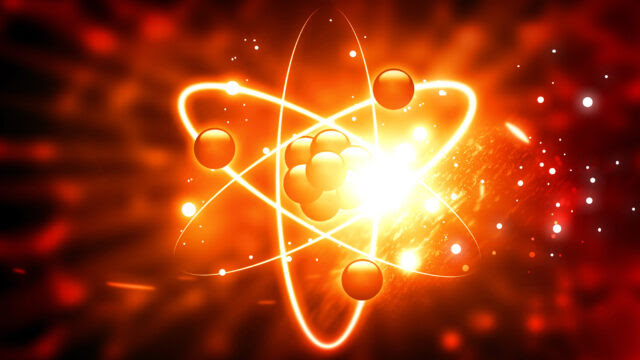This is a real revolution and a major American advance that could lead to a new way of producing energy in the world.
“It’s a major breakthrough because we’ve been working for a long time to extract energy that can be turned into electrical power. The U.S. would be the first in the world to use nuclear fusion to produce energy,” engineering physicist Cornelia Chilian tells the Journal.
In fact, it would be the first time researchers have succeeded in producing more energy in a fusion reaction similar to the one that powers the sun.
Nuclear fusion would produce less radioactive waste and more energy, but the process has been impossible to achieve until now.
“The major problem was that we couldn’t control the intense heat [of nuclear fusion],” says Jean-Thomas Bernard, an adjunct professor in the Department of Economics at the University of Ottawa.
Fission, which is an energy source that has been produced around the world to date, involves breaking the bonds of heavy atomic nuclei to recover energy.
Fusion would involve “marrying” two light atomic nuclei to create a heavy one.
The Lawrence Livermore National Laboratory base is located in California and is the size of three soccer fields and consists of nearly 200 lasers that target a tiny spot with high energy levels to initiate a fusion reaction.
Apparently, fusion would not carry any risk of a nuclear accident.
“If a few lasers are missing and don’t fire at the right time, or if the plasma confinement by the magnetic field is not perfect,” the reaction will simply stop, explains Érik Lefebvre, project leader at the French Atomic Energy Commission.
Canada is very interested in this major scientific advance, but it would be surprising for Quebec to return to nuclear energy since hydroelectricity accounts for 97% of the energy consumed in the province.
“At the moment, we are mainly moving towards renewable energy, which is wind and solar,” says Mr. Bernard.
The Hydro-Quebec group, for its part, preferred to wait for the announcement before commenting.
It is important to note that the Gentilly-2 nuclear power plant in Bécancour closed its doors in 2012.
Other nuclear power plants around the world could turn to this new technology, but the delay before having access to it could be 20 to 30 years.



Comment here